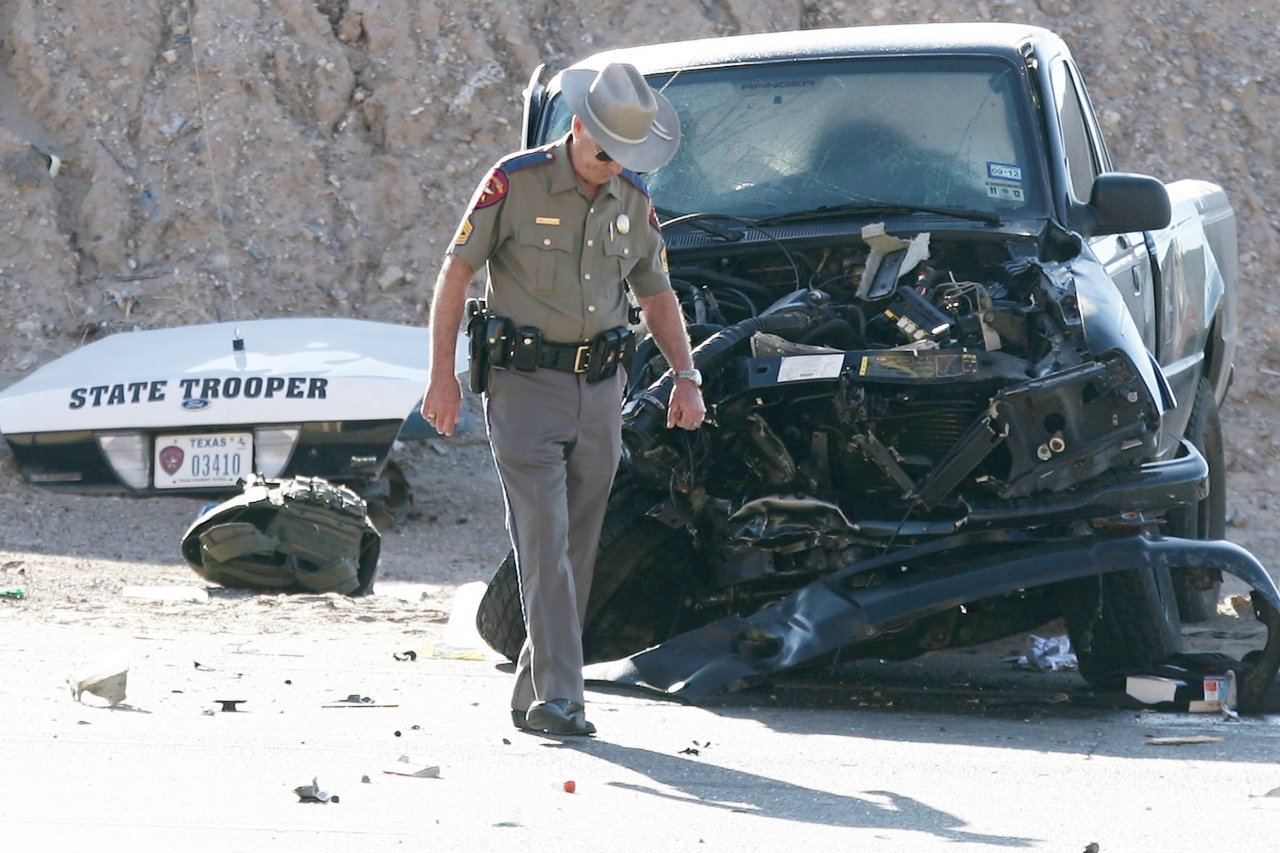High-speed police pursuits are a newscast staple because the footage is so dramatic—but also because something often goes awry. Annual estimates of the damage due to police chases range from 8,000 to 55,000 injuries, and 350 to 2,500 deaths. More than a third of those killed are bystanders or passengers.
Police have so far made little progress circumventing such pursuits. But now Leonard Stock, a 50-year-old roofer from Peoria, Arizona, has devised a relatively low-tech solution in his garage that he believes can save lives.
At the press of a button, the Grappler Police Bumper drops from the front of a police car. When the patrol car gets close to the rear end of the fleeing vehicle, the driver shoots, Spider-Man-style, a webbing of rope attached to bars on the police car's bumper. The rope wraps up one of the bad guy's rear wheels and forces the ensnared car to slow or halt. It also gives the police the option of staying tethered to the target car.
Stock says he conceived the idea in 2004. "I love tinkering, but I don't have an engineering background, so I would try something and then fail, get frustrated and stop. But six months later, I'd be back in my garage." Now he's almost ready to start selling his invention.
Police do have alternatives. They include typical tactics like tire deflation strips or the PIT (precision immobilization technique) maneuver, in which the police purposely bang into the side of the fleeing car, a common practice for some departments. But these "have risks," says Lon Bartel, p resident of the Peoria Police Officers Association, who is intrigued by the Grappler. "I think more testing needs to be done, but it definitely has potential."
Stock acknowledges his device isn't for every chase, explaining that police must briefly get close to the car they are chasing—from mere inches to 4 feet, depending on how far the axle is set in from the end of the car. "You would not try this at 80 or 100 miles per hour," Stock says; it's too dangerous. But when the car is going 40 or 50 mph, using the Grappler "would be a piece of cake."
The Grappler joins a small but growing market of other options. OnStar from General Motors allows subscribers or the police to use a remote to force a stolen car to slow to a stop. The innovation with the greatest impact so far has been StarChase, which debuted in 2009 and is now used by over 100 law enforcement agencies. According to StarChase President Trevor Fischbach, police can be as far as 50 feet away when they shoot a small StarChase GPS tracker that attaches with adhesive to a fleeing car. That allows police to track the car from a safe distance without a chase and to approach only when it's safe.
"The goal," Fischbach says, "is to remove the adrenaline from the situation."
























